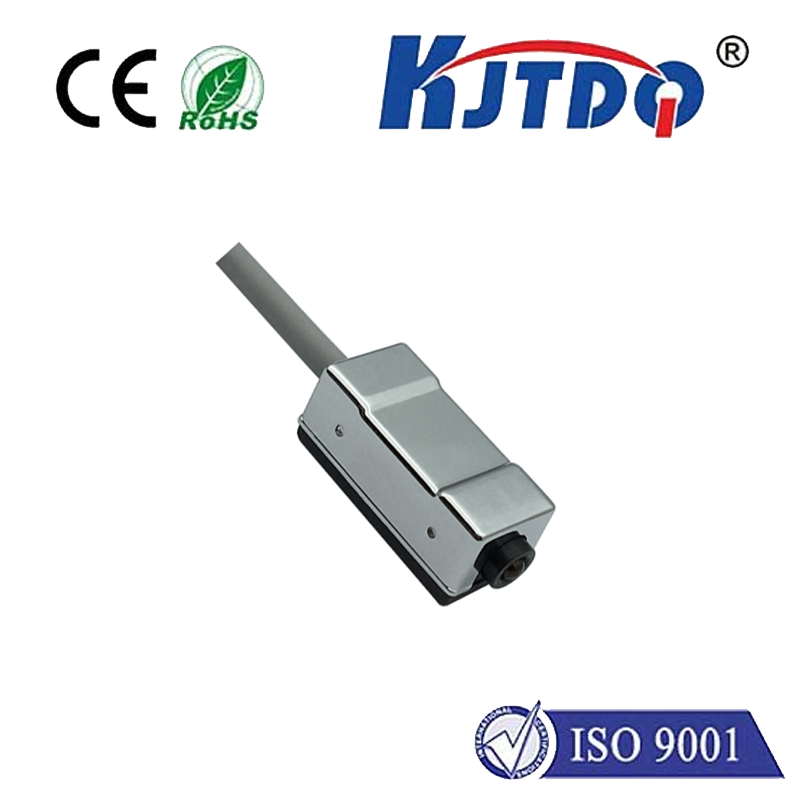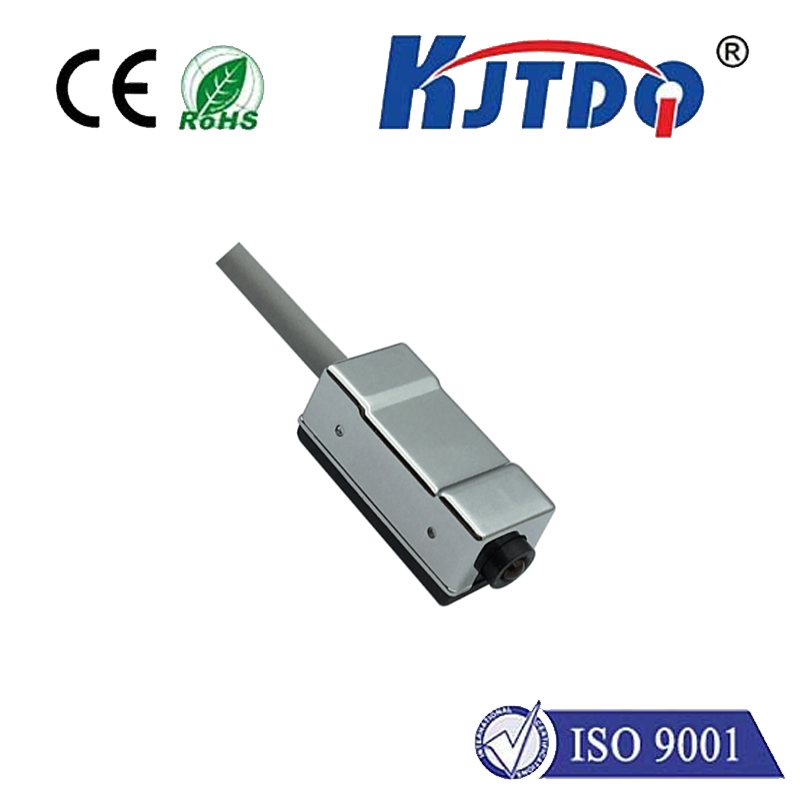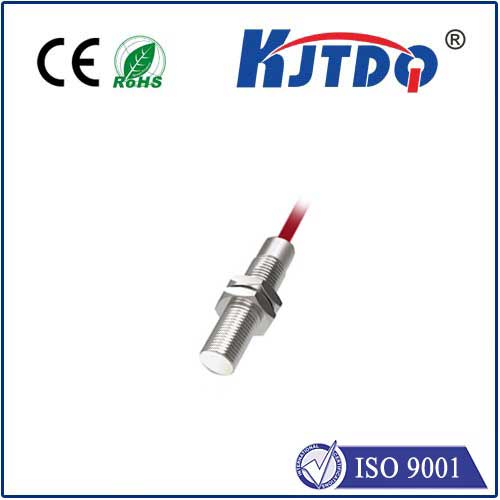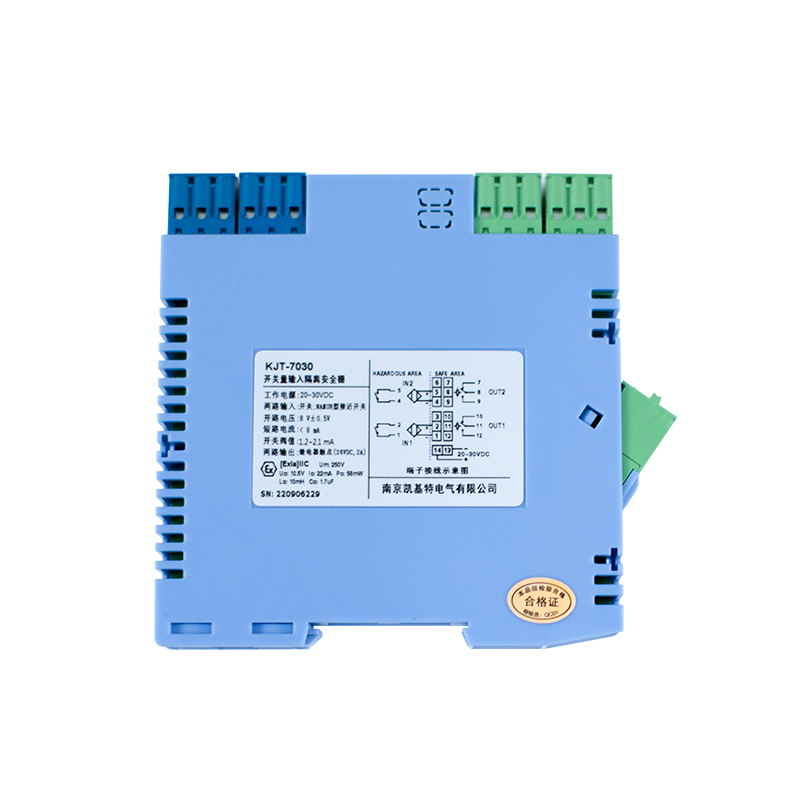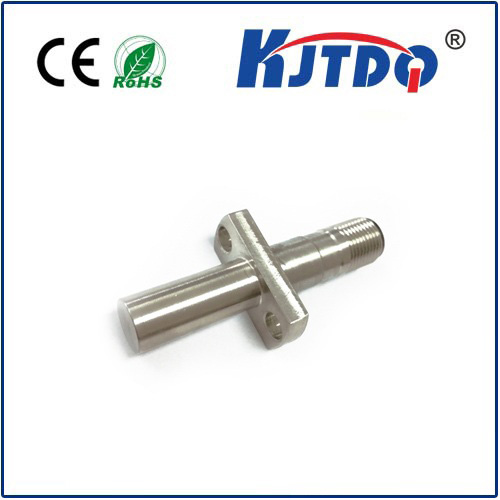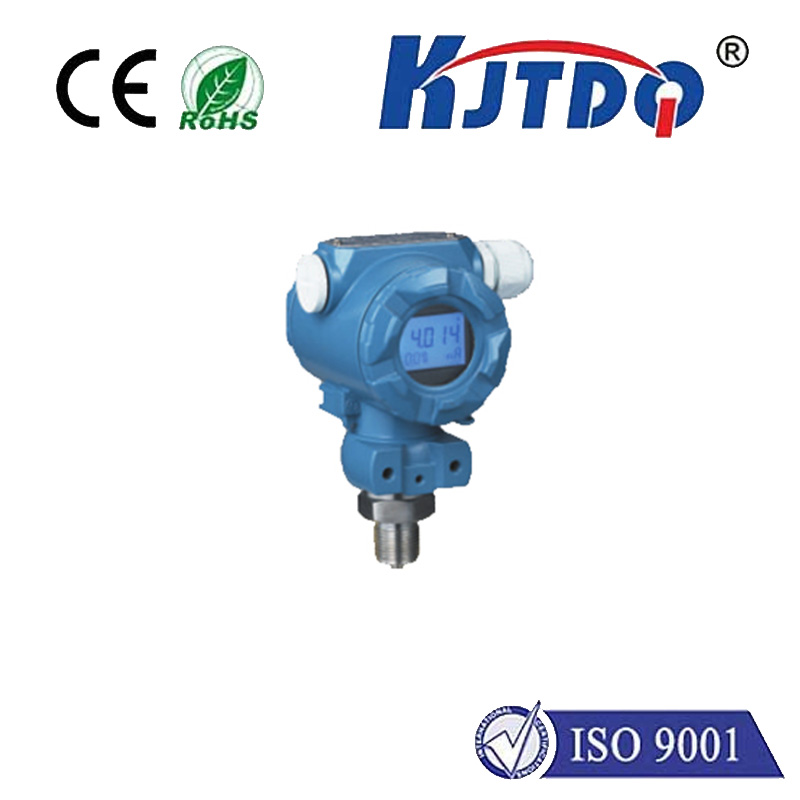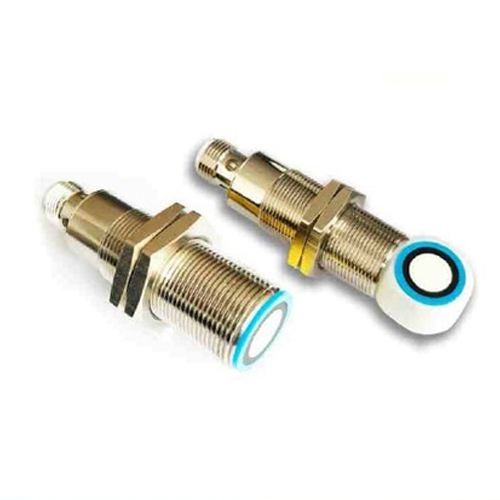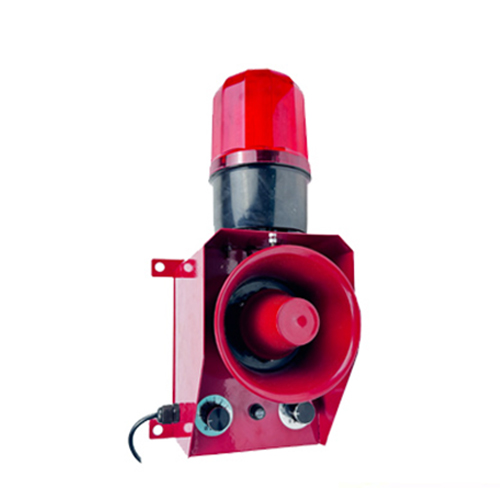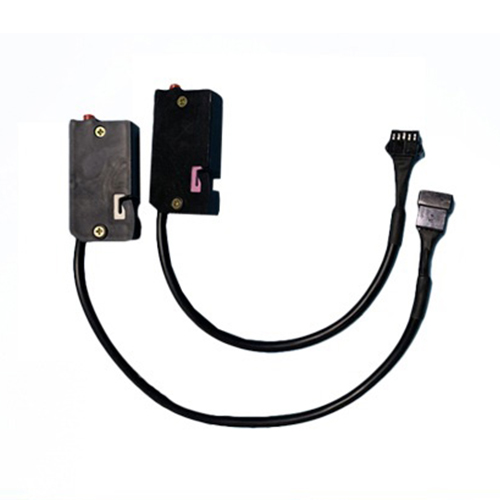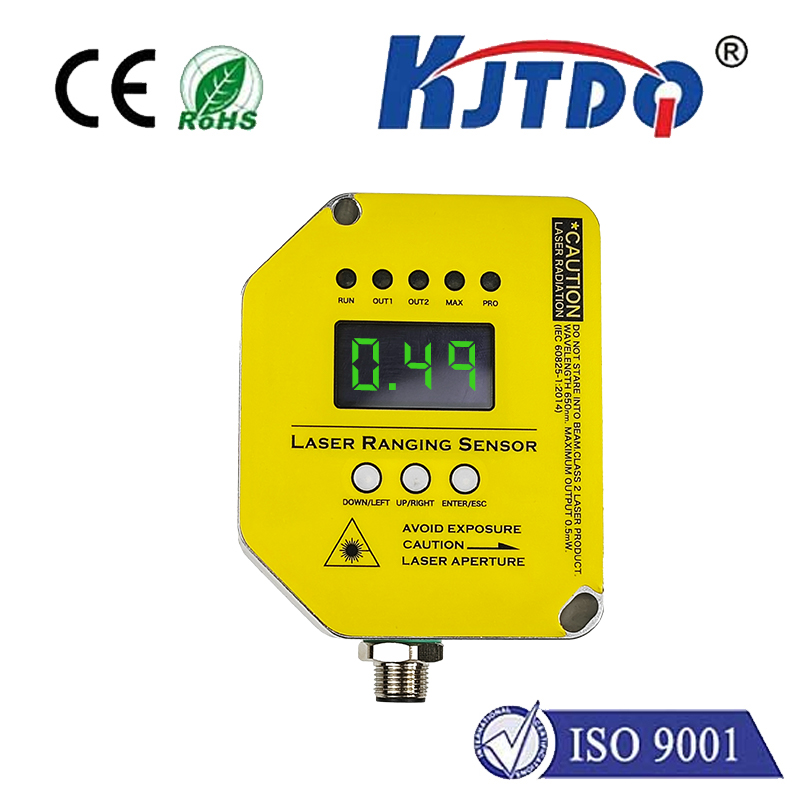

check

check

check

check

check

check

check

check

check

check
Title: The Versatility and Importance of Small Photoelectric Sensors In the realm of modern technology, the significance of small photoelectric sensors cannot be overstated. As intricate components that detect the presence or absence of light, these sensors are instrumental in a variety of applications that permeate our daily lives. From automation in industrial settings to security systems in smart homes, small photoelectric sensors serve as the unsung heroes behind the scenes. In this article, we explore the versatility and importance of these unassuming yet vital devices. Introduction to Small Photoelectric Sensors A small photoelectric sensor typically consists of an emitter, which generates light usually through an LED, and a detector that picks up the light. These two components work in tandem; when an object breaks the path between the emitter and the detector, it alters the amount of light received. This change triggers a signal, enabling the sensor to perform tasks such as counting objects on a production line or turning lights on and off based on occupancy. Versatility in Applications One of the most compelling aspects of small photoelectric sensors is their versatility. They are used across a multitude of industries including automotive, electronics, manufacturing, and more. Here’s a glimpse into some of their varied applications:
Automotive Industry: In vehicles, these sensors are used for adjusting mirrors, detecting obstacles in parking assistance systems, and monitoring ambient light for automatic interior lighting adjustments.
Industrial Automation: On production lines, photoelectric sensors ensure that products are spaced correctly, count items, and verify fill levels. They contribute significantly to increasing efficiency and reducing waste.

Security Systems: In buildings, they help trigger alarms when unauthorized entry is detected or control access through automatic doors. Their quick response time enhances overall security infrastructure.
Household Appliances: Photoelectric sensors find their way into everyday household items like dust busters, where they help manage power based on the detected level of particulates.
Medical Devices: In medical equipment, these sensors can be found in diagnostic tools where precise measurements are critical, aiding in early detection and monitoring of health conditions. The Advantages of Small Photoelectric Sensors The benefits of incorporating small photoelectric sensors into various devices and systems are manifold:
Precision: They provide accurate detection with minimal latency, which is essential in high-precision applications.
Compactness: Being small, these sensors do not take up much space, allowing for integration into limited areas without affecting aesthetics or functionality.
Energy Efficiency: With low power consumption, small photoelectric sensors are ideal for applications where energy conservation is a priority.
Cost-Effectiveness: Due to their widespread use and technological advancements, these sensors have become cost-effective solutions for a plethora of requirements. Challenges and Future Directions Despite their many advantages, small photoelectric sensors face challenges such as susceptibility to environmental factors like dust and moisture, which can affect performance. However, ongoing research aims at developing more resilient materials and improving sensor design to mitigate these issues. Furthermore, as technology progresses, we can foresee even smaller, more efficient photoelectric sensors paving the way for innovations in fields we haven’t envisioned yet. Conclusion Small photoelectric sensors play a crucial role in the seamless operation of numerous technologies integral to our lives. Their adaptability across different sectors underscores their value, while continuous improvements promise an expansive future for these diminutive devices. Recognizing their importance prompts us to appreciate the subtle ways in which they enhance our environment, making our interactions with technology more intuitive and efficient.
